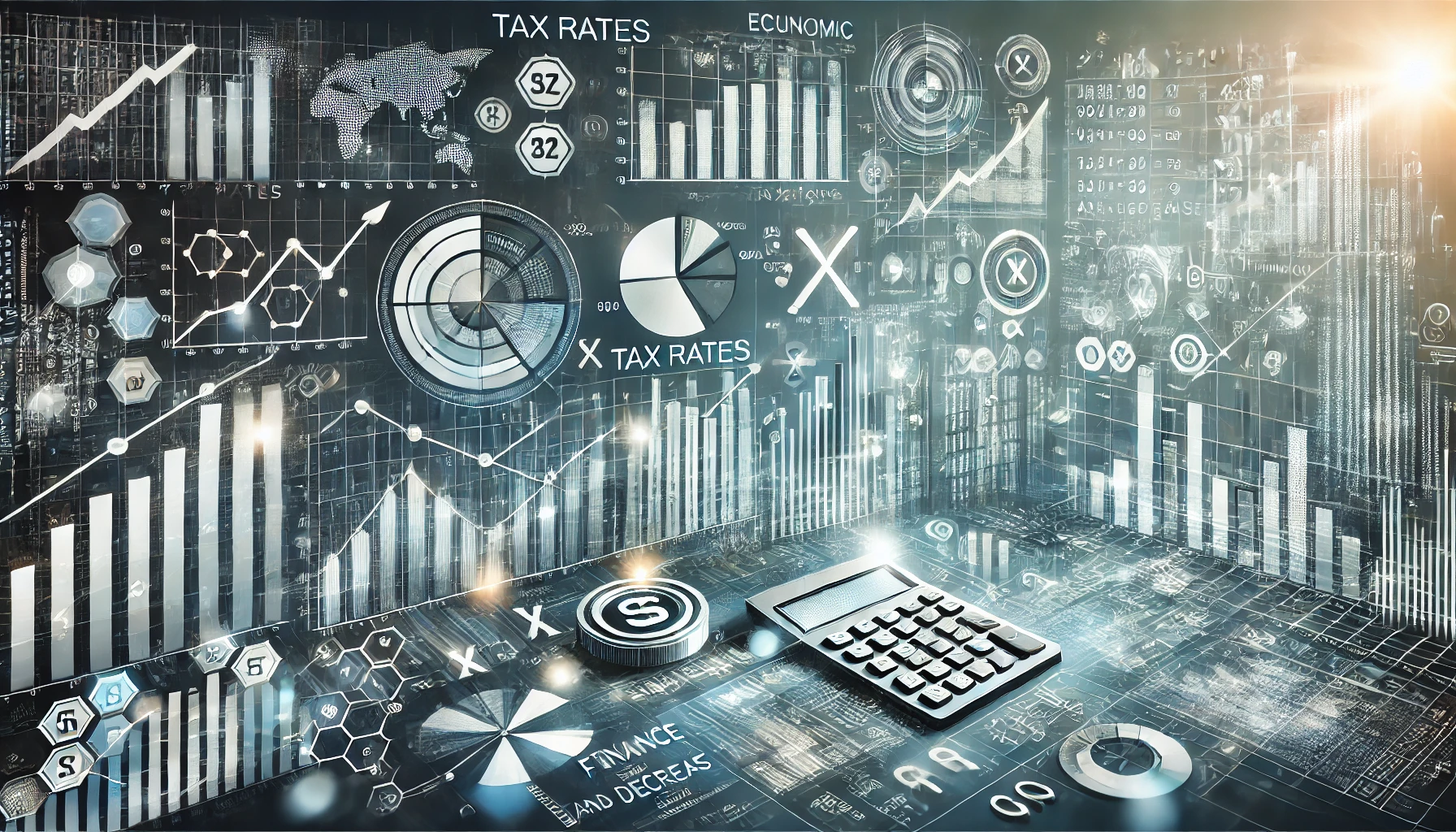Global growth slows while inflation intensifies at the start of 2025
The global economic expansion decelerated to the slowest for a year at the start of 2025. That said, growth became more broad-based in January and was accompanied by rising business confidence and employment. This was while inflationary pressures intensified.
The J.P.Morgan Global PMI Composite Output Index – produced by S&P Global – registered 51.8 in January, down from 52.6 in December 2024. While the latest print represented an extension of the global economic expansion to two years, it also marked the first slowdown in growth in four months. Moreover, the latest reading was the lowest recorded since January 2024 and is broadly consistent with the global economy expanding at an annualized rate of 2.4%, which is down from a 2.7% expansion signalled for the fourth quarter of last year.
The softening of the global growth pace was mainly attributed to slowing services activity expansion in the opening month of 2025. Positive signs were meanwhile observed for manufacturing, as goods production returned to expansion after declining at the end of last year. Furthermore, business confidence among manufacturers rose, improving to a level just below the long-run average in the latest survey. The caveat, however, is that the latest survey results are collected just ahead of US tariffs announcements in early February, and therefore do not capture the potential impact of these developments. As such, the recovery in manufacturing may be tentative and had again partially reflected front-loading ahead of potential tariffs.
Additionally, inflationary pressures were observed to have intensified at the start of 2025. Average selling price inflation across goods and services reached an eight-month high globally, while input prices also rose at a quicker rate, buoyed by higher cost inflation across both the manufacturing and service sectors. As such, we will be closely watching the upcoming flash PMI releases on February 21st for new insights into business conditions, especially pertaining to prices and any US tariff-induced changes to output and sentiment.
Source: S&P GLOBAL – by Jingyi Pan
Legal Notice: The information in this article is intended for information purposes only. It is not intended for professional information purposes specific to a person or an institution. Every institution has different requirements because of its own circumstances even though they bear a resemblance to each other. Consequently, it is your interest to consult on an expert before taking a decision based on information stated in this article and putting into practice. Neither Karen Audit nor related person or institutions are not responsible for any damages or losses that might occur in consequence of the use of the information in this article by private or formal, real or legal person and institutions.






